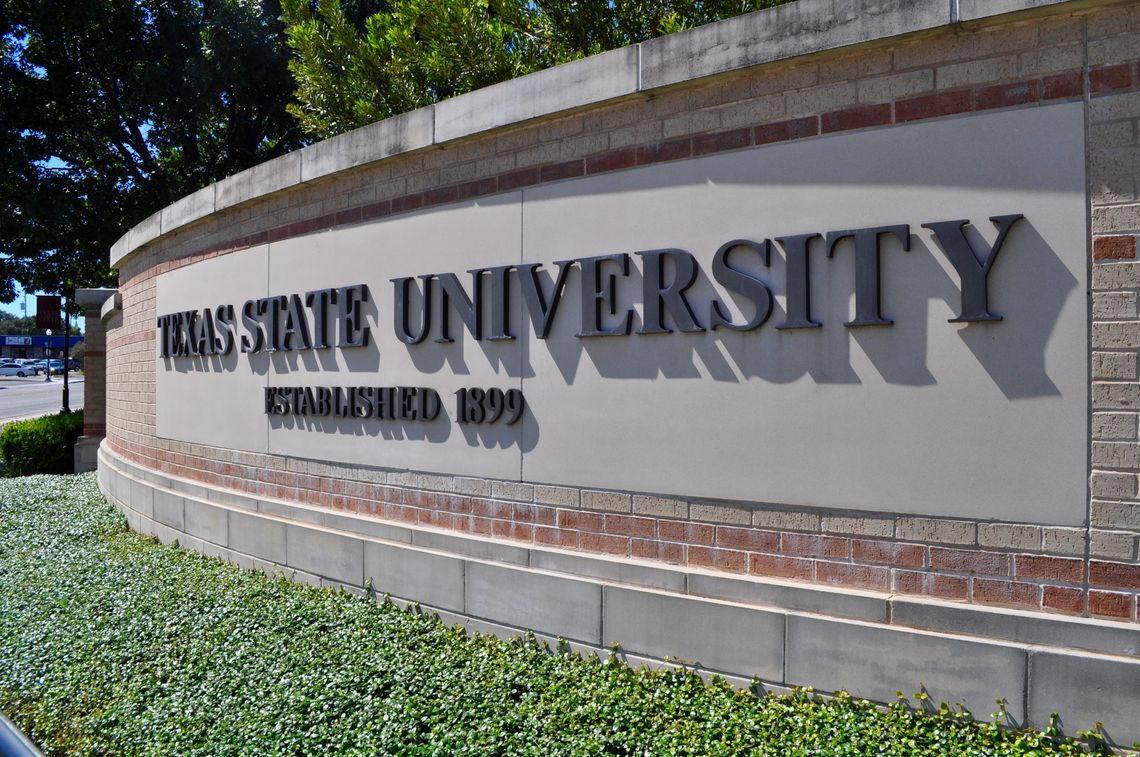Alexander Kornienko, a professor in the Department of Chemistry and Biochemistry at Texas State University, has been awarded a National Institutes of Health (NIH) grant to study the potential of a fungus-derived treatment for an aggressive, deadly form of brain cancer.
The three-year, $460,000 grant from the National Cancer Institute within the NIH will support Kornienko’s study, “Acid-Sensitive Glioblastoma Prodrugs Derived from Ophiobolin A,” with the goal of enhancing the potential treatment’s selectivity in targeting tumors.
Glioblastoma multiforme is the most common form of malignant brain tumor and is resistant to current forms of chemotherapy. Following surgery and radiation treatments, patients suffering from glioblastoma have a life expectancy of approximately 12 months, Kornienko said. The addition of current chemotherapy treatments only increases life expectancy of patients to 14 months. The potential effectiveness of ophiobolin A as a new, front-line chemotherapy treatment is promising.








